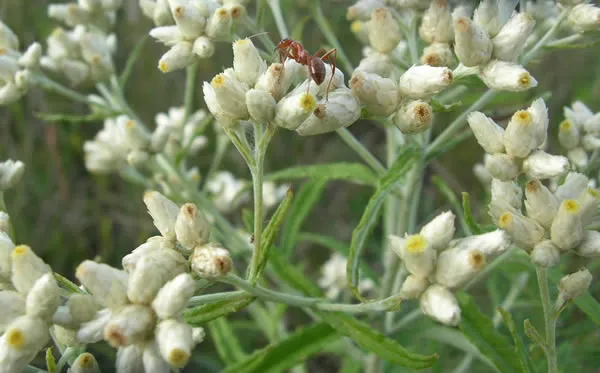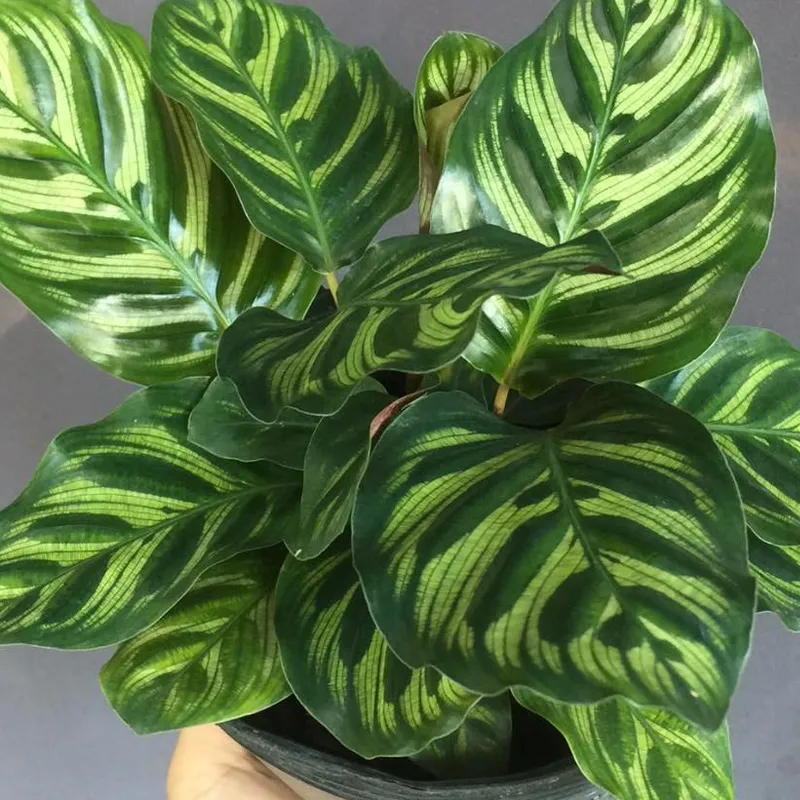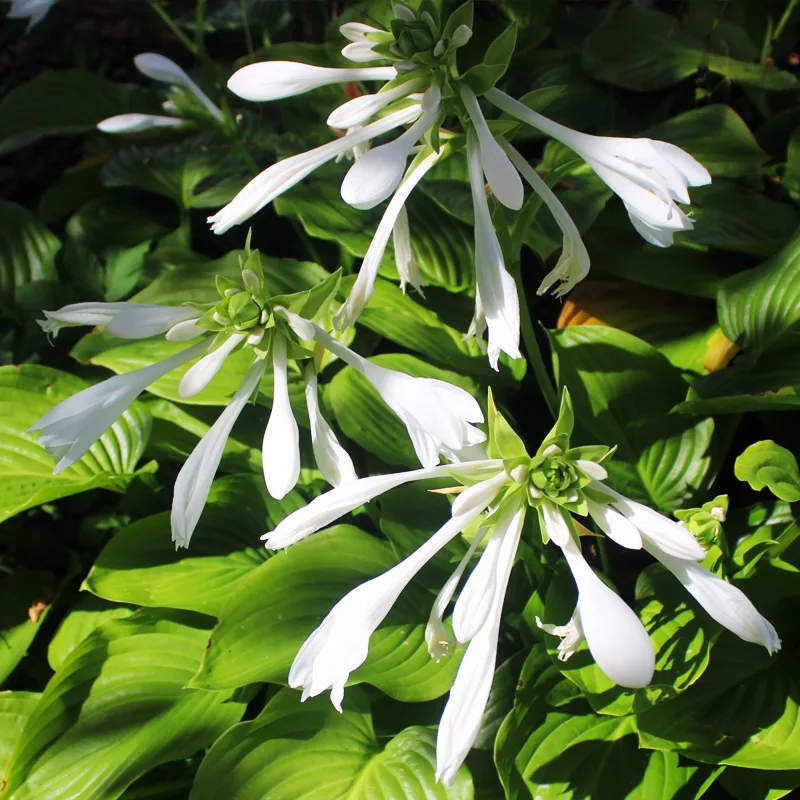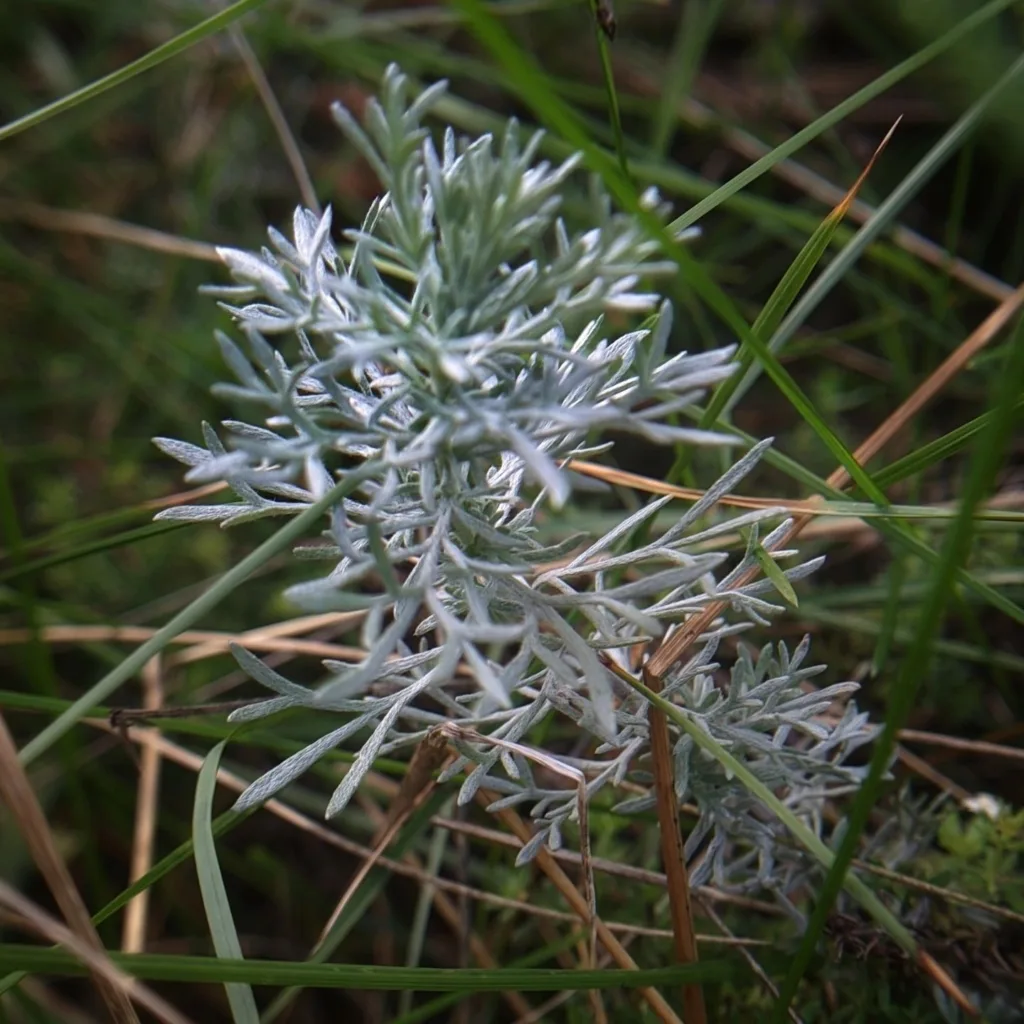
FAQs About Potentilla Recta: A Guide
I’ve always been fascinated by plants that have both beauty and resilience, and Potentilla Recta, also known as Sulfur Cinquefoil, is one such plant. Through my experience and research, I’ve come to appreciate its characteristics and understand why it’s a popular choice among gardeners. This guide aims to answer some of the most common questions about Potentilla Recta, from its care to its benefits and potential issues.
557 Species in Genus Potentilla – Cinquefoil
What is Potentilla Recta?
Potentilla Recta, commonly called Sulfur Cinquefoil, is a herbaceous perennial plant that belongs to the Rosaceae family. It’s native to Eurasia but has spread widely and can be found in many parts of North America. The plant typically grows to about 1 to 2 feet in height and features five-petaled yellow flowers, which resemble small buttercups. Its leaves are palmate and have a silvery appearance, which adds to its ornamental appeal. This hardy plant is known for its ability to thrive in various conditions, making it a versatile addition to gardens.
How to Care for Potentilla Recta?
Caring for Potentilla Recta is relatively straightforward, which is one reason it’s popular among both novice and experienced gardeners. Here’s how I approach its care:
- Sunlight: Potentilla Recta thrives in full sun to partial shade. I’ve found that it flowers best when it receives plenty of sunlight, so I always aim to plant it in a spot where it gets at least six hours of sun daily.
- Soil: This plant isn’t particularly fussy about soil type, but it does prefer well-drained soil. I usually plant it in sandy or loamy soil, which helps prevent waterlogging, a condition it doesn’t tolerate well.
- Watering: Potentilla Recta is drought-tolerant once established. However, during its initial growth phase, I ensure it gets regular watering. After it’s established, I water it moderately, allowing the soil to dry out between watering sessions.
- Fertilizing: This plant doesn’t need much fertilization. I occasionally use a balanced, all-purpose fertilizer in the spring to boost its growth, but it typically does well even without added nutrients.
- Pruning: To maintain its shape and encourage more blooms, I prune Potentilla Recta after the flowering season. This also helps prevent the plant from becoming too leggy.
How to Propagate Potentilla Recta?
Potentilla Recta can be propagated easily through seeds or by dividing the plant. Here’s how I do it:
- Seed Propagation: I collect seeds from the plant’s dried seed heads at the end of the growing season. These seeds can be sown directly in the garden in the fall or early spring. I usually scatter them lightly on the soil surface and cover them with a thin layer of soil.
- Division: Another effective method is to divide the plant. In early spring or late fall, I carefully dig up the plant and separate the clumps. Each division should have a good amount of roots attached. I then replant them in well-prepared soil.
What to Plant with Potentilla Recta?
Potentilla Recta pairs well with a variety of plants. I like to plant it alongside other sun-loving perennials that have similar water and soil requirements. Some of my favorite companions include:
- Lavender: The purple hues of Lavender contrast beautifully with the yellow flowers of Potentilla Recta.
- Echinacea: Also known as Coneflower, Echinacea adds height and color variety to the garden.
- Salvia: The spikes of blue Salvia provide a nice backdrop for the softer blooms of Potentilla Recta.
Is Potentilla Recta Toxic?
One of the common concerns with garden plants is their toxicity. Potentilla Recta is not toxic to humans or pets, which makes it a safe choice for gardens, especially in homes with children and animals. However, as with any plant, it’s always good practice to discourage pets from chewing on garden plants.
Benefits of Growing Potentilla Recta
There are several reasons why I love growing Potentilla Recta:
- Low Maintenance: It’s a low-maintenance plant, making it perfect for gardeners who don’t have a lot of time.
- Drought Tolerance: Once established, it requires minimal watering, making it suitable for xeriscaping.
- Attracts Pollinators: The bright yellow flowers attract bees and butterflies, which are beneficial for pollination.
- Erosion Control: Its extensive root system helps prevent soil erosion, which is great for slopes and banks.
Common Problems with Potentilla Recta
Despite being a hardy plant, Potentilla Recta can face some issues:
- Powdery Mildew: This fungal disease can appear if the plant is in a location with poor air circulation. I combat this by ensuring adequate spacing between plants and avoiding overhead watering.
- Leaf Spot: Leaf spot can occur but is usually not severe. Regular pruning of affected leaves can help manage this issue.
- Invasive Nature: In some areas, Potentilla Recta can become invasive, spreading aggressively and outcompeting native species. I keep an eye on its growth and remove any unwanted spread.
Comparing Potentilla Recta with Similar Plants
Potentilla Recta can sometimes be confused with other Potentilla species, such as Potentilla Reptans (Creeping Cinquefoil) and Potentilla Argentea (Silver Cinquefoil). While they share some similarities, each has distinct characteristics. For example, Potentilla Reptans has a creeping growth habit, unlike the upright growth of Potentilla Recta. Understanding these differences helps me choose the right plant for specific garden needs.
Conclusion
Potentilla Recta is a versatile, low-maintenance plant that offers both aesthetic and ecological benefits. From its vibrant yellow flowers to its resilience in various garden conditions, it’s a plant that brings value to any garden. By understanding its care needs, propagation methods, and potential challenges, you can enjoy the beauty of Sulfur Cinquefoil in your garden just as much as I do.
If i die, water my plants!



